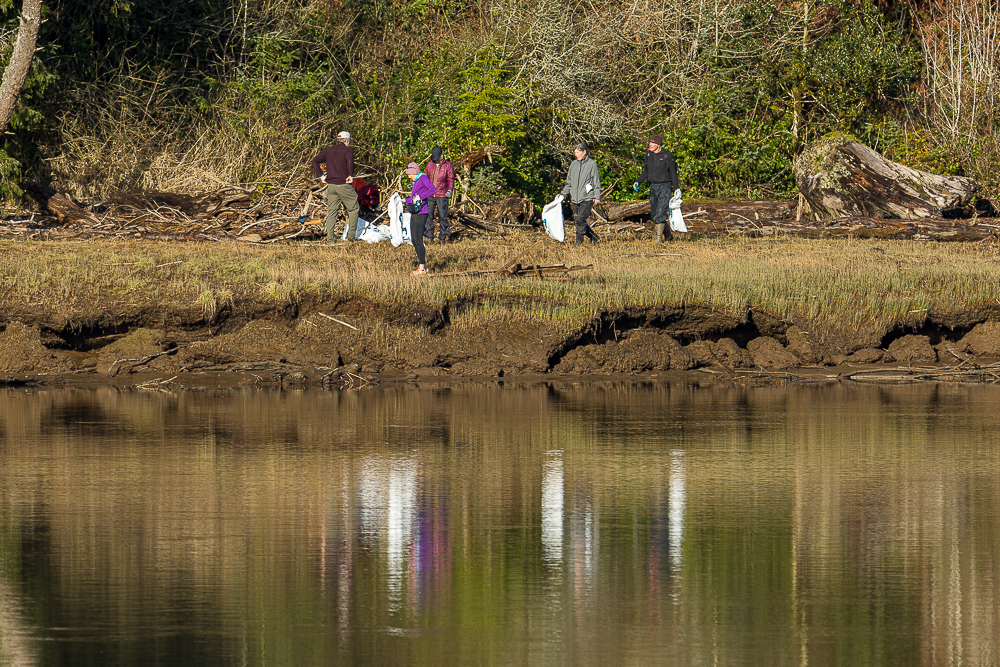In the late 90s, Oregon and Washington faced a crisis. Salmon populations were plummeting, and the need for a solution was urgent. This crisis led to the birth of Watershed Councils, a collaborative effort between industry, homeowners, environmentalists, researchers, and government at all levels. One of the earliest of these councils was the Lower Nehalem Watershed Council, formed in 1997, which has been instrumental in the conservation efforts in Northern Oregon.
“The history of Watershed Councils in Oregon goes back to the late 90s when Salmon populations throughout Oregon and Washington really hit a low point,” the director of the Lower Nehalem Watershed Council explained. “A lot of people had strong feelings about what was going wrong, but there was also agreement on what the solutions were.”
One of the council’s most significant projects was the Mcdonald’s Slough tide Gate Replacement project. This project, a partnership with the nearing Families Farm, took six years from design to permitting to actual construction.
“The project cost $600-$700,000, and was funded by a series of grants and some private contributions. The U.S Fish and Wildlife Service Foundation and NFWF were also involved,” the director shared.
The council’s efforts extend beyond large-scale projects. They have walked 303 miles of the lower Nehalem coverage area to identify the most impactful areas for habitat restoration.
“We call those anchor habitats because they serve every freshwater stage of a Salmon’s life cycle from red, which is where the eggs are laid, all the way to spawning and rearing in between before they go out to sea,” the director explained.
Partnerships are a crucial part of the council’s work. They collaborate with the Department of Forestry, private timber companies, and volunteers. The council also offers volunteer opportunities, such as weeding or potting plants at the native plant nursery located in Tillamook.
The director encourages anyone interested in their work to get involved.
“We partner with literally anybody who wants to come to the table. We work with everybody if our needs align or our goals can align on something,” they said. “Emailing me directly is a great way to get in touch and get involved with our work.”
The Lower Nehalem Watershed Council’s work is a testament to the power of collaboration and community involvement in conservation efforts. Their work continues to make a significant impact on the health of the watershed and the species that call it home.
If people want to attend a board meeting, they can do so on Zoom. The next board meeting will be on August 10th.
Find the full interview here:


